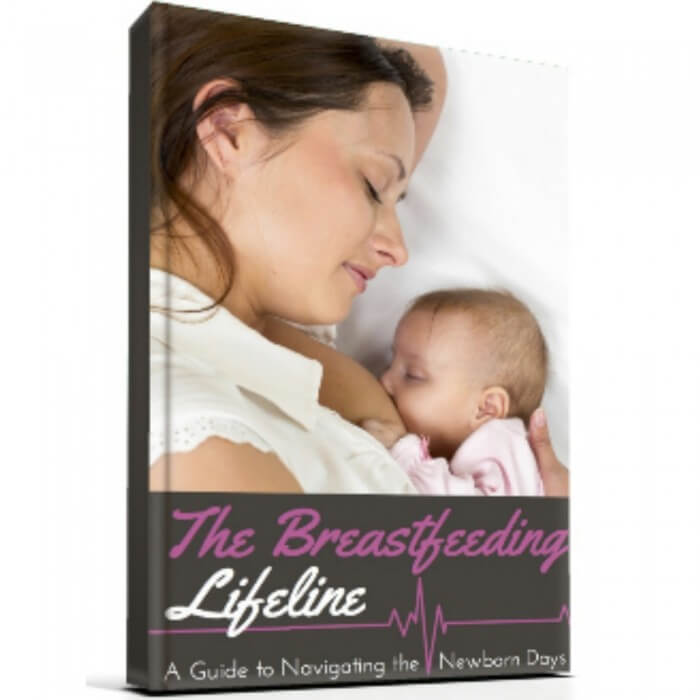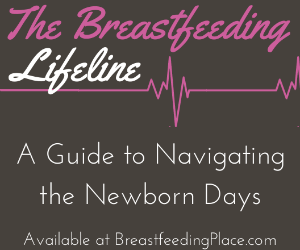We believe breastfeeding is best for both you and your baby. Maybe you already believe that it really is best. Maybe you think formula is so advanced that it really doesn’t make much difference. But if you look at the components of breast milk, it’s easy to see why this is really the perfect food for your baby.

Before digging in, I want to acknowledge: at times, some babies must have alternatives to breast milk. All of the authors here hope to explore some of those options here. We desire to encourage, inform, empower, and inspire you so you can make the best decisions for you and your baby.
The Components of Breast Milk are Nutritionally Superior
There is no way around it: breast milk, for human babies, is nutritionally superior to any man-made formula or milk from any other mammal. Breast milk has higher quality components than man-made formula.
1. Easily Digestable Protein
The protein in breast milk is primarily whey. Whey is easy to digest which makes it a perfect protein for infants with developing digestive system. It is also high in the amino-acid taurine, which is vital for brain development.
Formula falls short in the protein category. Though formula has a higher protein content, the protein in the formula is not as easy for babies to digest as the protein in breast milk. This is part of the reason that breast fed babies tend to eat more frequently than formula fed babies. Besides this, formula is also deficient in a number of different amino-acids that are essential for babies growth.
2. Essential Fat and Cholesterol
Other essential brain-building components for your baby are fats and cholesterol. Babies need plenty of fat and cholesterol. It is especially important for their developing nervous system. The human brain is made primarily of these substances.
Breast milk is high in both of these, notably omega-3′s and DHA which are very important. The enzyme lipase, which helps baby digest the high amount of fats he needs to ingest, is another unique component of breast milk.
Formula, on the other hand, lacks cholesterol, and the fats are not completely absorbed in the baby’s system.
3. Bioavailable Vitamins and Minerals
The vitamins and minerals found in breast milk are “bioavailable.” This means your baby can more easily use and absorb the vitamins and minerals in your breast milk than those found in an artificial alternative.
As an example, 50-75% of the iron in breast milk is absorbed by your baby, whereas, only 5-10% of iron in formula is absorbed. This is why, formula must be fortified with much more iron than is found in breast milk.
4. Digestive Enzymes and Hormones
There are also a number of digestive enzymes and hormones responsible for healthy development of your baby that you can’t find anywhere else besides mama’s milk.
5. Immunity Building Components
Breast milk has millions of living white blood cell and immunoglobulins which gives a big boost to babies immune system. Of course, formula does not offer the same immune system enhancing protection that breast milk can.
Be Encouraged!
If you’re a new mom, soon-to-be mom, or veteran mom who wants some encouragement, I urge you to check back here frequently as we will be regularly publishing posts. Take a look around to see what has already been published.
Also, be sure to check out our fabulous authors here. Each author has had unique experiences and struggles. We also have a diverse set of opinions on some topics, which I think only serves to enhance the experience on BreastfeedingPlace.com. (Between us all, we have a combined total of over 60 years of breastfeeding experience!)
All of us are excited to help, so if you are struggling feel free to leave a comment or send us a message! We’ll try to address as many questions as promptly as we’re able to.







Great post about the differences between breastmilk and formula. Thank you for posting it. I’ve pinned it!
Thanks so much for stopping by Karla! 🙂